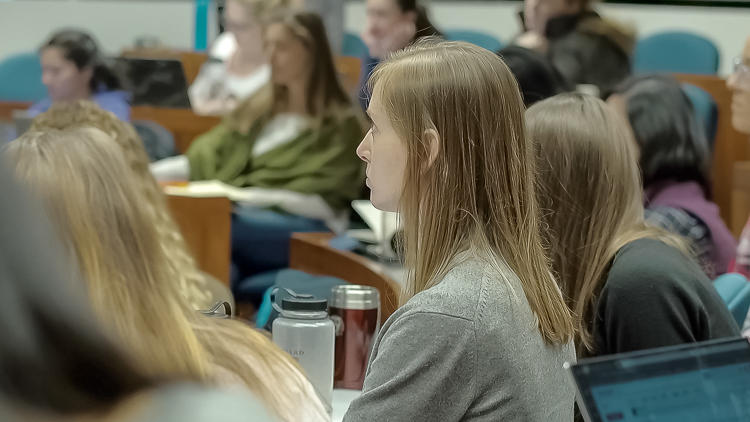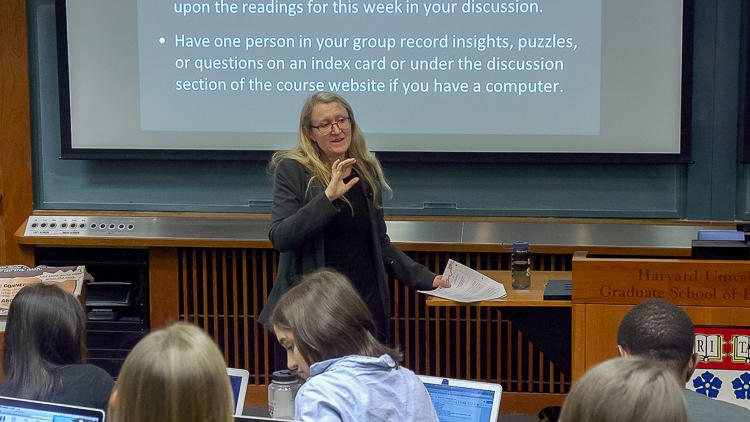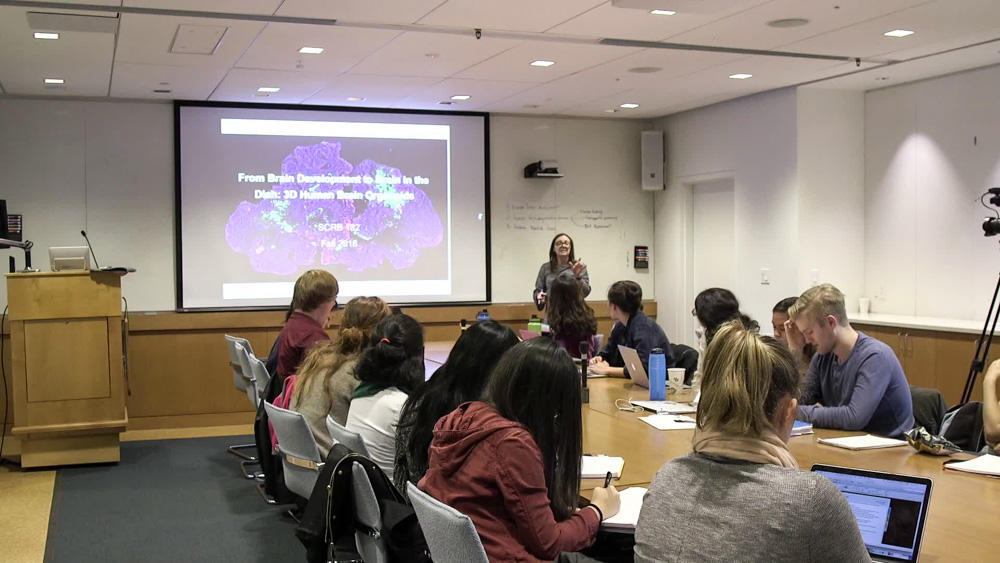Instead of using class time to deliver a pre-written speech, it can be helpful to spend part of the lecture thinking aloud for your students. Exposing your own thought processes can be a powerful, authentic way to acclimate students to a discipline. Sharing experiences that helped you understand concepts more deeply can additionally offer students a window into your intellectual journey, adding a human dimension to the subject matter. In this video, Bob Kegan discusses how thinking out loud during lectures models the reasoning with which he expects his students to become fluent and practiced.
Modeling Thought Processes and Sharing Personal Experience
Instructor
Robert Kegan, William and Miriam Meehan Research Professor in Adult Learning and Professional Development
Student Group
Graduate
School
Harvard Graduate School of Education
Course
Adult Development
Group Size
~200 Students
- Narrate your own thinking aloud. Making transparent how you solve problems by connecting ideas together can be helpful for students who are inexperienced in your content area.
- Point out the norms and knowledge structures of the field. If you’re teaching chemistry, for example, describe how a chemist might approach and solve a novel problem differently from another scientist.
- Emphasize the importance of students “showing their thinking.” Instead of just asking for an end product, ask students to annotate, show their work, or write a reflection on an assignment. At the beginning of the semester, model what this looks like, either by showing student exemplars or your own work products.
- If there were pivotal moments in your own academic journey in the field (e.g., key lessons, mistakes, new understandings) consider sharing a few with the class. It will make those concepts more memorable while humanizing you as an instructor.
- Studies of metacognition in advanced biology students suggest that students could benefit from instructors explicitly externalizing their own thinking to model how to actively engage with course content (Dye & Stanton, 2017)
- The University of Washington provides an overview of “Making Thinking Visible”
- In this Faculty Focus blog, a professor reflects on how she trains students to become better readers by modeling how she approaches and annotates a text




